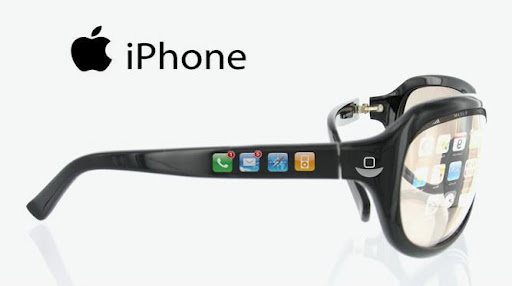For those have never had a brush with death or infirmity due to accidents, chronic conditions arising from inborn gene flaws or acquired from damaging health habits, CRISPR (Clustered Regularly Interspaced Short Palindromic Repeats), a gene-editing technique invented by Dr. Jennifer Doudna would seem like science fiction. But for those who have to undergo dialysis on a regular basis, suffer from cancer, have HIV or have loved ones born with genetic abnormalities like Down’s Syndrome, this recent revolutionary progress in gene editing offers hope. Are we saying goodbye to Alzheimer’s and saying hello to designer babies that will be free of any of the 10,000 conditions caused by single-gene defects?
So why are genes so important? Genes serve as a template or chemical codes and are present in all cells of the body. However, the transmission from parents to progeny is not perfect and result in genetic abnormalities. Humans have 23 pairs of chromosomes and over 20,000 genes, any of which could be shortened, damaged or wrongly sequenced. CRISPR enable genes to be altered in the whole system or in the organs through the introduction of millions of particles that carry gene-altering molecules to correct specific defects. These particles enter the bloodstream through inert viruses or nanoparticles. Already, the technology has proven successful in labs that study the effect of CRISPR on stem cells. In unhealthy or mutated cells, a portion of the gene is cut or spliced (akin to molecular scissors) and replaced by healthy ones in a complex process called recombination. Two things stand out – the ability to modify stem cells that can mature into other types of cells and the capability to affect many genes at once.
Targeted mutations and that lead to reliable and precise changes efficiently is exciting the scientific ways. For instance, one of the applications is in the case of Downs Syndrome or Trisomy 21, a genetic condition where there are 3 Chromosome 21, instead of 2. Through this gene-altering tool, the signal to replicate a third Chromosome 21 is interrupted; thus reversing the Syndrome. Imagine this “cure” multiplied across other similar chromosome defects that are associated with a tendency to develop heart conditions, cancer, retardation and the like! Consider that a high percentage of babies are born with some genetic disease such as muscular dystrophy, sickle cell anemia, and other grave congenital conditions that impact their quality of life – CRISPR is about removing corrupt genes, not as much as for the purposes of eugenics. Modification of embryos that are found positive for anomalies is and will be a focus of many ethical discussions and it may take some time before medicine and society find it acceptable. However, since its discovery in 2014, an excited pool of scientists have been probing for applications in health and medicine.
Foremost in the studies are ways to beat HIV and the prevention of inherited conditions like diabetes. The implication is that once fixed, the defect or weakness is no longer transmitted to subsequent generations – and with an epigenetic slant, fortifies genes so that bodies heal and regenerate with precision.
A personal note from the author: I am a mother of a child born with Downs Syndrome. When she was five months in utero, I underwent anomaly scanning and the prognosis was dire. She had any of three conditions, Downs Syndrome, spina bifida or hydrocephalus – yet I chose to have her. Some quarters may label CRISPR as playing Dr. Frankenstein on a molecular level, but for me and my child, it offers hope that future generations will benefit and have a better quality of life.















